What are Effective Strategies for Oil and Gas Safety
From offshore drilling platforms to inland refineries, the oil and gas sector operates in challenging environments and handles inherently hazardous substances. With such high stakes, oil and gas safety is not just a regulatory requirement and it is a fundamental principle that protects lives, assets, and the environment.
Understanding the Importance of Oil and Gas Safety
Due to the hazardous nature of oil and gas materials, often flammable, pressurized, and chemically reactive, any misstep can lead to catastrophic consequences such as explosions, oil spills, fires, and loss of life. In addition to the human cost, accidents can damage infrastructure, harm ecosystems, and result in heavy financial penalties. Therefore, safety is at the heart of every operation, from offshore rigs to downstream refineries.
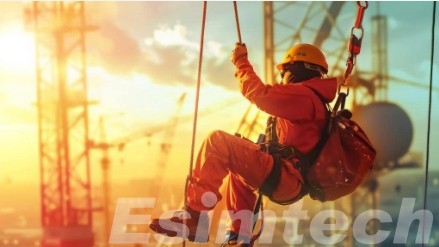
Key Challenges in the Oil and Gas Safety
| Challenge Area | Description | Impact on Safety |
| Harsh Operating Environments | Extreme temperatures, high pressure, offshore locations | Increases risk of equipment failure and worker exposure to hazards |
| Aging Infrastructure | Older pipelines, rigs, and storage systems | Leads to corrosion, leaks, and mechanical breakdowns |
| Human Error | Inadequate training, fatigue, miscommunication | Remains a leading cause of accidents and near-misses |
| Complex Operations | Multistage drilling, fracking, refining, transportation | Difficult to monitor and control every phase safely |
| Regulatory Variations | Different rules across countries and regions | Creates confusion and inconsistency in safety practices |
| Technology Integration Gaps | Legacy systems vs. modern safety tech | Delays response and hampers data-driven safety decision-making |
| Environmental Risks | Oil spills, gas leaks, emissions | Threatens public safety and natural ecosystems |
| Emergency Response Readiness | Gaps in planning, drills, or resources | Slows reaction time during incidents, increasing severity |
| Contractor Safety Management | Varying safety cultures among third-party teams | Makes it difficult to enforce uniform safety standards across worksites |
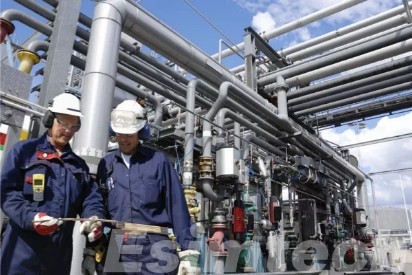
Key Safety Practices for Oil and Gas Safety
- Building a Culture of Safety
At the core of effective oil and gas safety is a strong organizational culture that values and prioritizes safety in every aspect of operations. This begins with leadership setting the tone by committing to safe practices and allocating sufficient resources for safety initiatives. When safety becomes an integral part of daily routines and decision-making, it fosters awareness and accountability at all levels—from the executive suite to the field.
- Comprehensive Safety Training
Consistent and thorough training is one of the most effective safety practices in the oil and gas industry. Personnel must be equipped with up-to-date knowledge of operational procedures, emergency response protocols, and the safe handling of equipment and hazardous materials. Training should be role-specific and regularly updated to reflect new technologies, regulations, and learnings from past incidents.
- Hazard Identification and Risk Assessment
Before any operation begins, potential hazards must be identified and analyzed through formal risk assessments. These assessments consider various factors such as the nature of the materials, environmental conditions, equipment integrity, and human interaction. The goal is to eliminate or control risks before they can lead to incidents. Incorporating hazard identification into daily workflows helps ensure ongoing vigilance and continuous risk mitigation.
- Use of Personal Protective Equipment (PPE)
Personal Protective Equipment (PPE) is a frontline defense in hazardous environments. Depending on the operation, workers may require flame-resistant clothing, hard hats, safety goggles, steel-toed boots, gloves, or respiratory protection. Employers must not only provide appropriate PPE but also train workers in its correct usage and maintenance. Regular inspections and replacements of worn or damaged PPE are essential to maintain effectiveness.
- Equipment Maintenance and Inspection
Routine inspection and maintenance of oil and gas equipment are critical to prevent malfunctions and accidents. Whether it’s drilling rigs, pipelines, valves, or safety systems, all equipment should be subjected to scheduled checks, calibrated regularly, and repaired promptly when defects are found. Predictive maintenance tools powered by sensors and data analytics are becoming increasingly popular, allowing operators to anticipate failures before they occur.
- Emergency Response Preparedness
Even with the best preventive measures, emergencies can happen. A robust emergency response plan is essential for minimizing harm. This includes having clearly defined procedures for evacuation, containment, medical treatment, and communication. All employees should be familiar with these procedures and take part in regular drills. Partnerships with local emergency services can also enhance coordination and response effectiveness during real events.
- Safe Work Permits and Operational Controls
Many oil and gas operations involve high-risk tasks such as confined space entry, hot work (welding, cutting), or working at heights. Safe work permit systems ensure that these activities are authorized only when proper controls and precautions are in place. These systems include pre-task planning, hazard identification, and supervisor approval, providing a structured way to manage risk.
- Continuous Improvement through Incident Reporting
Finally, learning from both actual incidents and near-misses is essential for improving safety. Establishing a transparent reporting culture encourages workers to report unsafe conditions or behavior without fear of punishment. This data can be analyzed to identify trends, root causes, and areas for improvement, forming the basis for safer procedures and future training.

Technological Advancements Enhancing Oil and Gas Safety
While traditional safety protocols and regulations have played an essential role in mitigating risk, recent technological advancements are revolutionizing how safety is managed and enforced. These innovations are not only reducing accidents and environmental damage but also transforming safety from a reactive approach to a predictive and preventive one.
- Real-Time Monitoring and Sensor Technology
One of the most impactful innovations in oil and gas safety is the use of real-time monitoring systems supported by advanced sensors. These technologies continuously track parameters such as pressure, temperature, vibration, gas concentration, and equipment performance. When abnormalities occur, alerts are generated instantly, allowing operators to respond before conditions escalate into incidents. This constant visibility enables a level of responsiveness that was previously unattainable with manual inspections alone.
- Predictive Maintenance and AI
Predictive maintenance, powered by artificial intelligence (AI) and machine learning, is reshaping how oil and gas companies approach equipment health. By analyzing historical data and current sensor readings, these systems can forecast potential failures before they occur. This not only reduces unplanned downtime but also minimizes the risk of accidents caused by equipment malfunctions. AI algorithms are also being used to identify patterns in incident reports, helping companies refine safety practices proactively.
- Robotics and Automation
Robotics and automation are significantly reducing the need for human presence in hazardous environments. Autonomous drones and robotic crawlers are now used for tasks such as pipeline inspections, flare stack monitoring, and confined space exploration. These devices can access areas that are dangerous or difficult for human workers, providing high-resolution imagery and sensor data. Automated drilling systems and remote-controlled machinery also reduce human exposure to high-risk operational zones, enhancing both safety and efficiency.
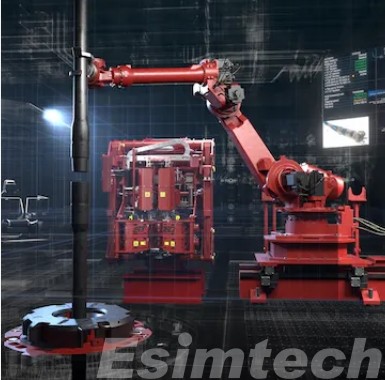
- Advanced Personal Protective Equipment (PPE)
Technological innovation has also extended to the design and function of personal protective equipment. Smart PPE, such as connected helmets and vests equipped with GPS, sensors, and biometric monitoring, can track a worker’s location, vital signs, and exposure to hazardous substances. If a worker is in distress or enters a restricted zone, the system can alert supervisors immediately. These advancements ensure faster response to emergencies and improve the overall safety of field personnel.
- Cloud-Based Safety Management Platforms
Cloud technology has enabled the development of integrated safety management platforms that centralize data from multiple sites and devices. These platforms facilitate incident reporting, risk assessments, training records, compliance tracking, and safety audits—all accessible in real time. With cloud-based tools, companies can enforce consistent safety practices across global operations and respond swiftly to emerging risks.
- Virtual Reality (VR) and Augmented Reality (AR)
VR and AR are being adopted for immersive safety training and operational guidance. VR emergency simulations allows workers to experience high-risk scenarios in a controlled environment, enhancing their preparedness without exposure to real-world dangers. AR, on the other hand, can overlay operational data and guidance onto a worker’s field of view during maintenance or inspection tasks. This ensures precision and reduces the likelihood of human error.
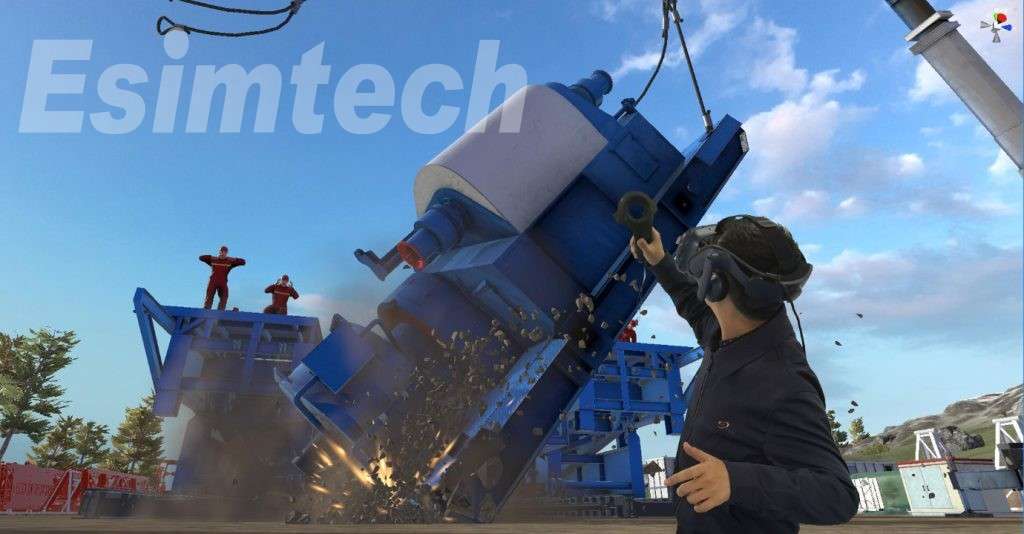
How Simulation Technologies are Used for Enhancing Oil and Gas Safety
Oil and gas simulation technologies help companies anticipate risks, test responses, and train personnel without exposing them to real-world dangers. These technologies create virtual models of equipment, systems, and operational scenarios, offering a safe and controlled space to improve decision-making and minimize risks.
- Improving Emergency Preparedness
One of the primary uses is emergency response training simulation. Virtual scenarios simulate incidents such as gas leaks, fires, blowouts, or explosions. Personnel can practice their response in real time, learning how to follow protocols, communicate effectively, and evacuate safely. These simulated drills are repeatable and adaptable to specific sites or conditions, ensuring that teams are better prepared when emergencies arise.

- Training in High-Risk Procedures
Simulation-based training helps operators learn how to manage complex systems such as drilling rigs, pressure control equipment, or subsea pipelines. It allows trainees to make decisions and see the consequences without real-world impact. Drilling simulators, for instance, replicate downhole conditions and equipment behavior, giving engineers and rig workers hands-on experience with operations like kick control, tripping, or well shut-in procedures. This reduces human error and boosts confidence.
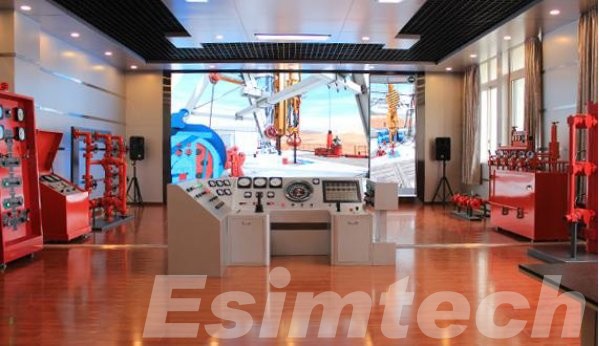
drilling simulator
- Design and Risk Assessment through Digital Twins
Digital twin technology enables oil and gas companies to simulate the behavior of their facilities under various conditions. By integrating real-time operational data, engineers can test how pipelines, pumps, or processing units would respond to different stressors or failures. These simulations identify weak points in the design and guide preventive maintenance strategies, enhancing both safety and operational efficiency.

- Human Factors and Ergonomic Safety
Simulation technologies are also used to assess how human operators interact with machines and control systems. By recreating control room environments or offshore workstation layouts, designers can optimize ergonomics and reduce cognitive load or physical strain. This not only improves comfort and productivity but also lowers the likelihood of errors due to fatigue, distraction, or miscommunication.
- Environmental and Process Safety Modeling
Process simulators help engineers understand the chemical and thermodynamic behaviors of systems such as refineries, LNG plants, and gas processing units. By modeling scenarios like overpressure events, runaway reactions, or valve failures, they can predict the spread of hazardous materials or explosions and install appropriate safety barriers. Environmental models simulate oil spills or gas releases to evaluate the potential impact and guide containment strategies.
- Cost-Effective and Scalable Safety Solutions
One of the key benefits of simulation technology is its scalability. Companies can train large numbers of employees across multiple locations using centralized simulation platforms. Additionally, simulation-based safety testing reduces the need for expensive full-scale physical trials and mitigates downtime associated with live testing. This cost efficiency makes it a viable and sustainable approach to continuous safety improvement.
Regulatory Compliance and Industry Standards in Oil and Gas Safety
Global standards and local regulations play a critical role in maintaining safety:
- Occupational Safety and Health Administration (OSHA): Sets safety rules in the U.S. for workplace hazards.
- American Petroleum Institute (API): Develops industry standards for drilling and equipment safety.
- International Maritime Organization (IMO): Oversees offshore platform safety regulations.
- ISO Certifications (e.g., ISO 45001): Guide occupational health and safety management systems.
Compliance with these regulations ensures that companies follow best practices and maintain accountability.
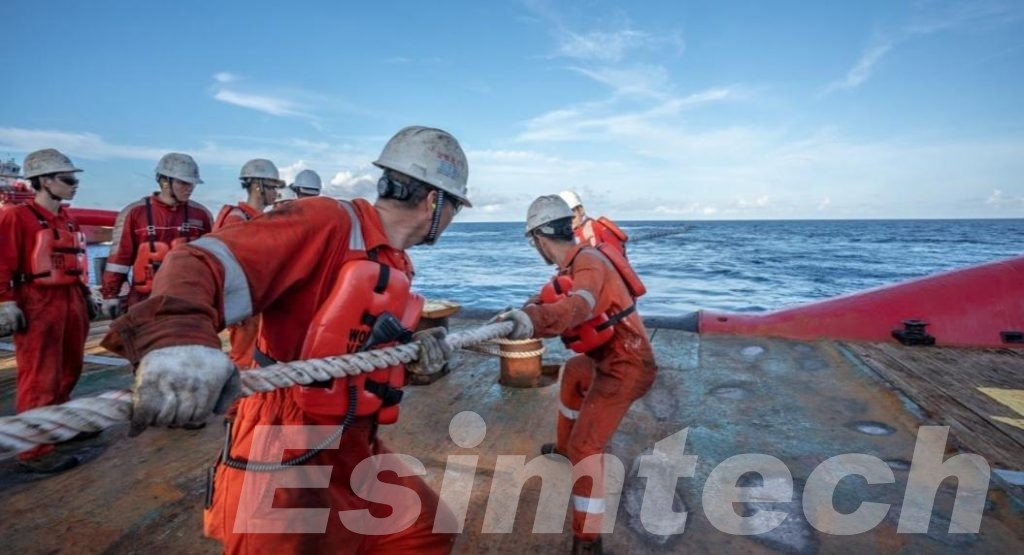
Summary
Oil and gas safety relies on a multi-faceted approach that combines human vigilance, regulatory compliance, advanced technology, and a deeply ingrained safety mindset. With rising energy demands and increasing operational complexity, the industry must continuously evolve its safety strategies, which is not only about protecting lives and the environment, but also about maintaining trust, sustainability, and long-term success.

